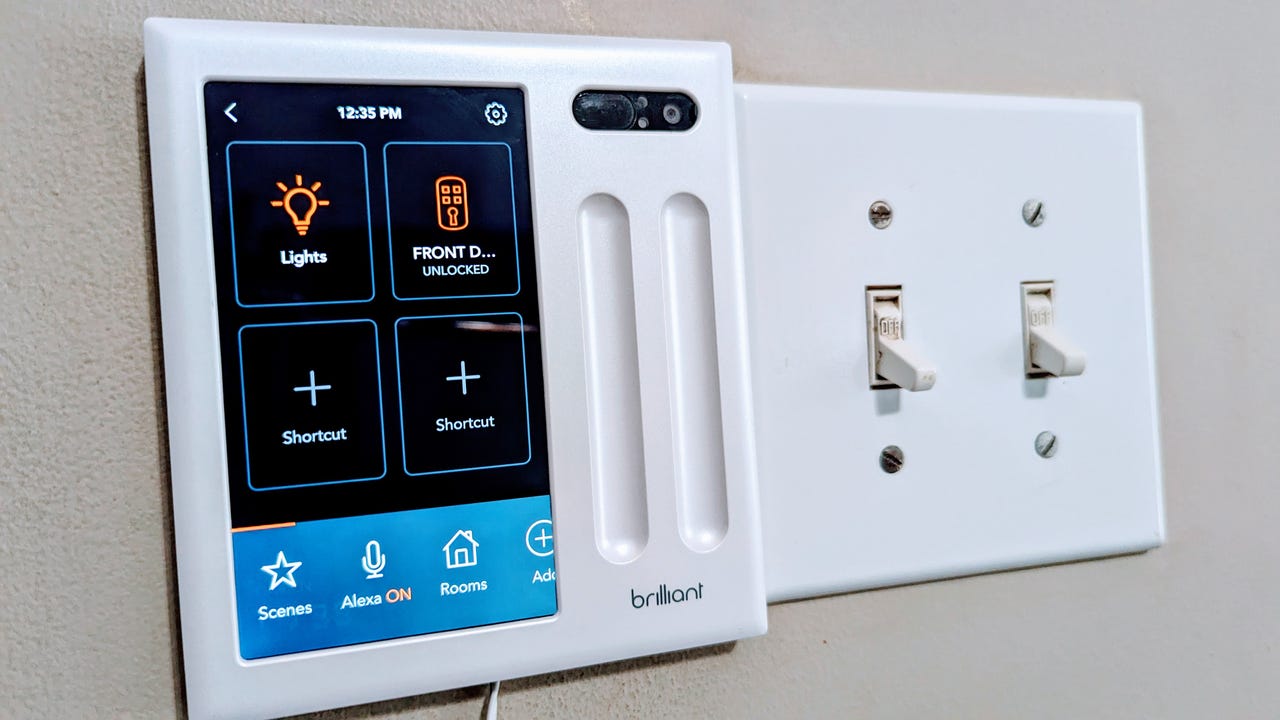PVPN Trends
Stay updated with the latest trends in privacy and security.
Why Your Home Isn't as Smart as You Think
Discover the shocking truth behind your smart home. Is it really as intelligent as you believe? Uncover hidden pitfalls today!
1. Are You Really Living in a Smart Home? Common Misconceptions Explored
Many homeowners proudly claim to live in a smart home, but a significant number may be misled by common misconceptions. One prevalent myth is the belief that a smart home is solely defined by an array of high-tech gadgets. In reality, a smart home is more about the integration and automation of these devices to improve convenience and energy efficiency. Home automation systems can include lights, thermostats, and security cameras, all managed through a centralized hub. For a detailed overview of what truly constitutes a smart home, check out this guide from HGTV.
Another misconception is that creating a truly smart home requires a hefty investment. While it's true that some premium devices can be costly, many affordable options provide great utility without breaking the bank. In fact, a well-planned approach to gradually introducing smart technology can offer significant cost savings over time, particularly regarding energy consumption. According to Energy.gov, smart thermostats alone can reduce heating and cooling bills by up to 10-15%. Thus, making your home smarter can be both budget-friendly and beneficial to the environment.

2. The Hidden Costs of Smart Home Devices: What You're Not Considering
While the allure of smart home devices, such as smart thermostats and security cameras, often centers on convenience and energy efficiency, it's essential to consider the hidden costs that can accumulate over time. For instance, while a smart thermostat may promise to lower your energy bills, the initial purchase price, installation fees, and potential subscription costs for premium features can quickly add up. According to a report by the U.S. Department of Energy, users can sometimes overspend on upgrades that do not deliver the expected savings, leading to disillusionment with their smart devices.
Moreover, there are ongoing costs that many consumers overlook. Smart home devices often rely on constant software updates and cloud services, which can lead to subscription fees or increases in your internet plan. Additionally, security risks associated with these devices may require you to invest in a more robust cybersecurity solution to protect your personal data from breaches, as highlighted by Kaspersky's IoT Security Guide. Ultimately, while embracing smart technology can simplify daily life, it's crucial to account for these hidden costs to ensure that adopting such devices aligns with your long-term budgeting goals.
3. How to Identify and Fix the Weak Links in Your Smart Home Setup
Identifying the weak links in your smart home setup starts with a thorough assessment of your existing devices and their connectivity. Begin by taking inventory of all smart devices you have, including smart bulbs, thermostats, security cameras, and hubs. Check the manufacturer's guidelines for each device to ensure they are updated with the latest firmware. This can help in minimizing vulnerabilities that hackers can exploit. For more guidance on this process, consider visiting Security Magazine for expert insights.
Once you've identified the devices, conduct a connection strength test. Many smart home hubs provide visual feedback on the connection quality. If any device shows a weak connection, it could be a weak link in your setup, potentially compromising your home's overall security and automation. You can improve these connections by repositioning devices closer to your hub, using a range extender, or opting for wired connections when possible. For detailed troubleshooting tips, check out CNET.